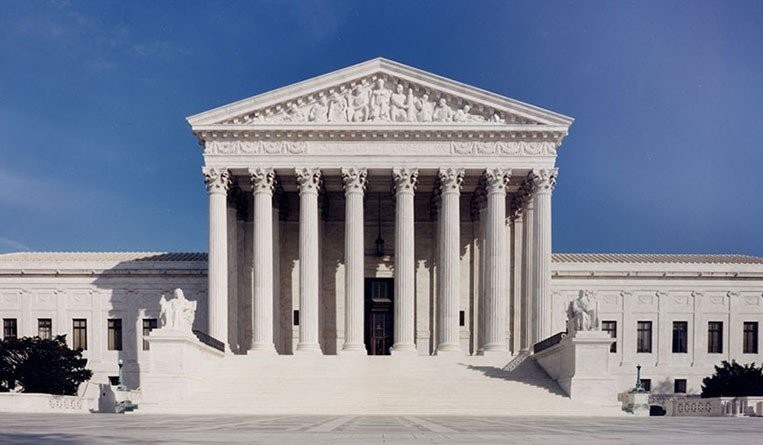Fallout from the 'Reasonable Certainty' Standard for Indefiniteness
06 January 2016

Well-established law provided that a claim was only invalid on indefiniteness grounds pursuant to 35 U.S.C. § 112, second paragraph, if it was not “amenable to construction” or “insolubly ambiguous.” Exxon Research & Eng’g Co. v. United States, 265 F.3d 1375 (Fed. Cir. 2001).
In 2014, however, the US Supreme Court modified the longstanding “amenable to construction” or “insolubly ambiguous” standard and held that “a patent is invalid for indefiniteness if its claims, read in light of the specification delineating the patent, and the prosecution history, fail to inform, with reasonable certainty, those skilled in the art about the scope of the invention.” Nautilus, Inc. v. Biosig Instruments, Inc., 134 S. Ct. 2120 (2014). The objective of the Supreme Court was to provide an indefiniteness standard having greater precision and to reduce the confusion of lower courts.
Subsequent US Court of Appeals for the Federal Circuit cases have yielded divergent outcomes but have largely indicated that the “reasonable certainty” standard is more stringent than the “amenable to construction” or “insolubly ambiguous” standard. In an early post-Nautilus case, the Federal Circuit held that the disputed claim language was indefinite even though an example thereof was disclosed in the specification. Interval Licensing LLC v. AOL, Inc., 766 F.3d 1364 (Fed. Cir. 2014). The court held that a claim term is indefinite if it “leave[s] the skilled artisan to consult the ‘unpredictable vagaries of any one person’s opinion.’” Id. The disputed claim language likely would have survived under the “amenable to construction” or “insolubly ambiguous” standard. In a later postNautilus case, the Federal Circuit held that the disputed claim language was valid under the “reasonable certainty” standard because the specification clearly set forth the construction of the disputed claim language. Eidos Display LLC v. AU Optronics Corp., No. 2014-1254 (Fed. Cir. Mar. 10, 2015). In Teva v. Sandoz, the disputed claim language was directed to a copolymer “having a molecular weight of about 5 to 9 kilodaltons.” The court held that the claims were indefinite since there were three measures for ascertaining molecular weight and there was no express definition of “molecular weight” in the specification. Teva Pharm. USA, Inc. v. Sandoz, Inc., No. 2012-1567 (Fed. Cir. June 18, 2015).
In the fall of this year, the Federal Circuit decided Dow Chemical Co. v. Nova Chemicals Corp., No. 2015-1257 (Fed. Cir. 2015). Dow’s patented claims were found by a jury to be valid and infringed by Nova. Nova appealed to the Federal Circuit which affirmed that the claims were definite. A subsequent trial for supplemental damages was conducted in which the district court granted supplemental damages but denied enhanced damages. Nova thereafter appealed and Dow also cross-appealed. In the interim, the Nautilus decision was handed down. Accordingly, in Dow v. Nova, the Federal Circuit had to determine for a second time whether the claims were indefinite, this time under the new “reasonable certainty” standard.
The disputed claim language was directed to “a slope of strain hardening coefficient greater than or equal to 1.3.” Nova asserted that there was no definition of how to measure the “slope of strain hardening” in the specification and therefore that the disputed claim language was indefinite and the patents were invalid. During the trial proceedings, it was determined that there were at least three known methods of calculating the “slope of strain hardening” and that one of Dow’s experts had developed a fourth method. Furthermore, it was determined that each of the four methods could yield significantly different values for the “slope of strain hardening.” In view of these facts, the court held that the claims of Dow’s patents were indefinite; even more so than those in Teva v. Sandoz.
It can be clearly seen from the above-noted cases that it has become easier for alleged infringers to assert the defense of invalidity due to indefiniteness. This has several implications for practitioners when drafting patent specifications. It is crucial to use consistent descriptions for claim elements, clearly describe any measurement techniques used, provide parameters for relative terms or terms of degree, and preferably, to disclose the best mode of carrying out the invention. By using these strategies, a practitioner can increase the likelihood that the applicant’s case will be considered to be comparable to Eidos Display v. AU Optronics where the claims were found to be valid, rather than Interval Licensing v. AOL, Teva v. Sandoz, or Dow v. Nova where the patents were invalidated.







